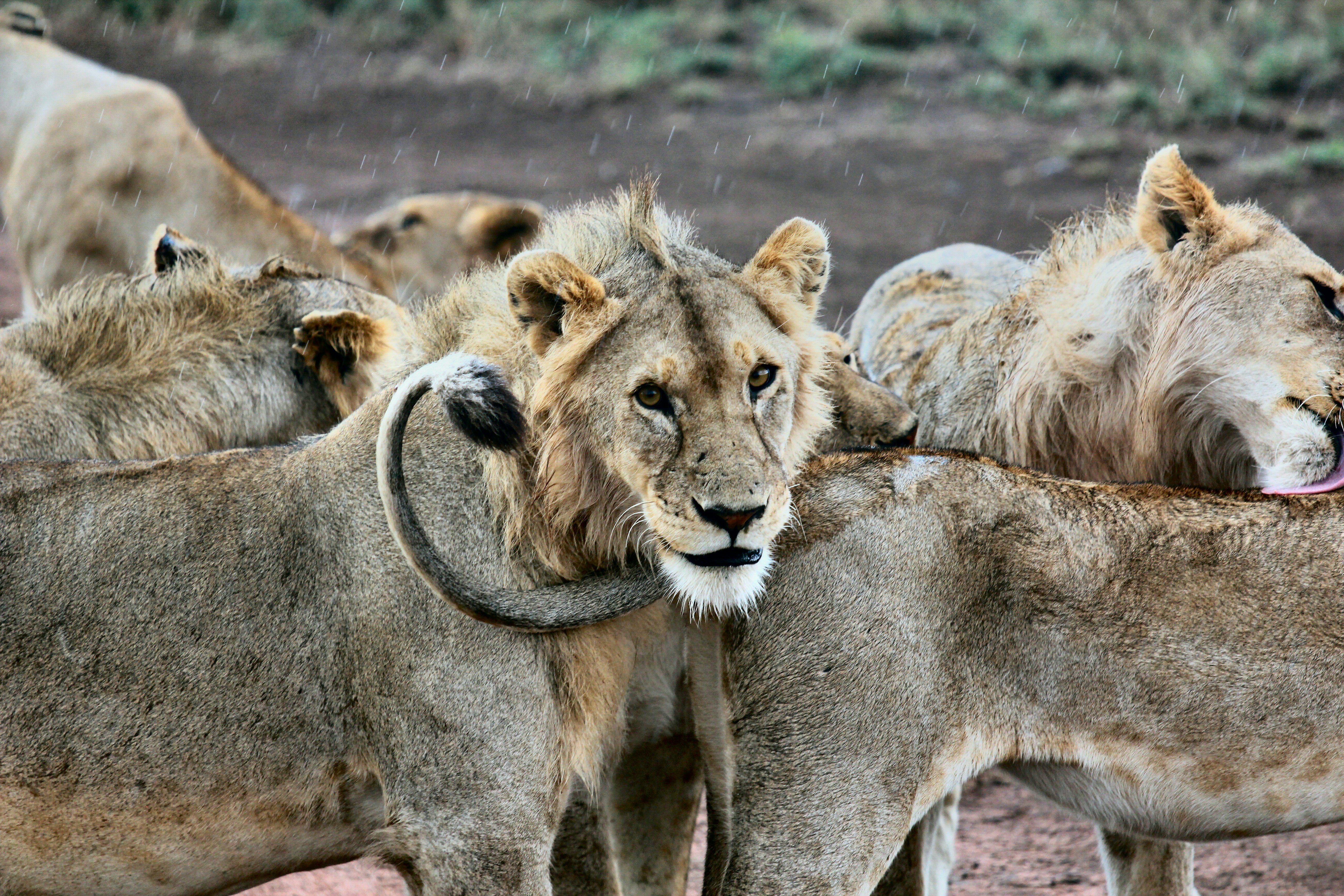
Travel Advice
A Guide to Tanzania's Wildlife
From the legendary Big Five to the spectacle of the Great Migration and a dazzling array of birdlife, Tanzania is one of the world's premier wildlife destinations.

Travel Advice
From the legendary Big Five to the spectacle of the Great Migration and a dazzling array of birdlife, Tanzania is one of the world's premier wildlife destinations.
The term "Big Five" was originally coined by hunters for the five most difficult and dangerous animals to hunt on foot. Today, the thrill comes from spotting them in their natural habitat. Tanzania is one of the best places in Africa to see all five.
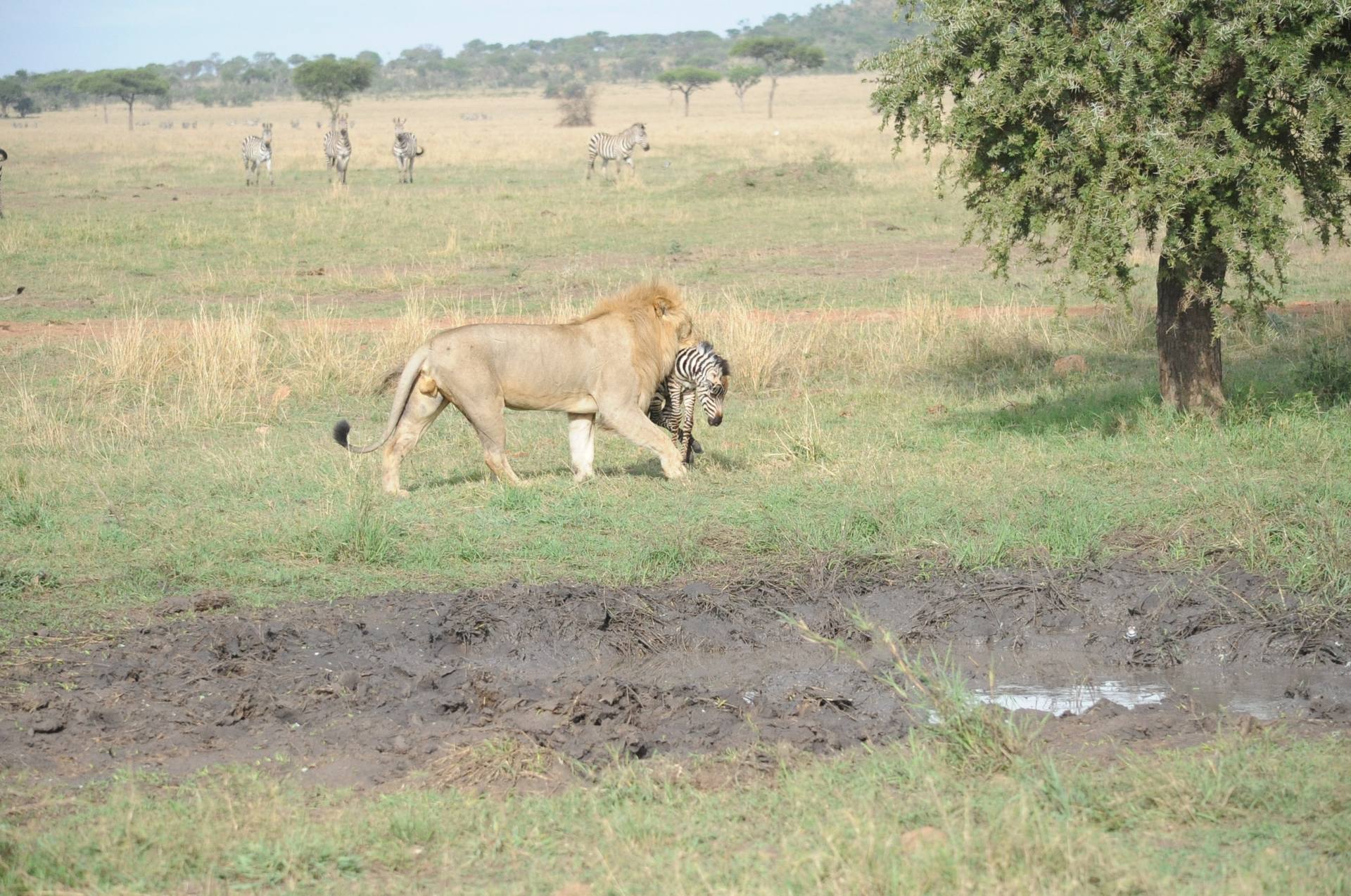
The undisputed king of the savannah. Found in most parks, with large prides common in the Serengeti and Ngorongoro Crater.

Masters of camouflage. These elusive cats are often found lounging in the branches of sausage trees or acacia trees in the Serengeti and Ruaha.

Intelligent and social giants. Tarangire National Park is famous for its massive elephant herds, especially during the dry season.
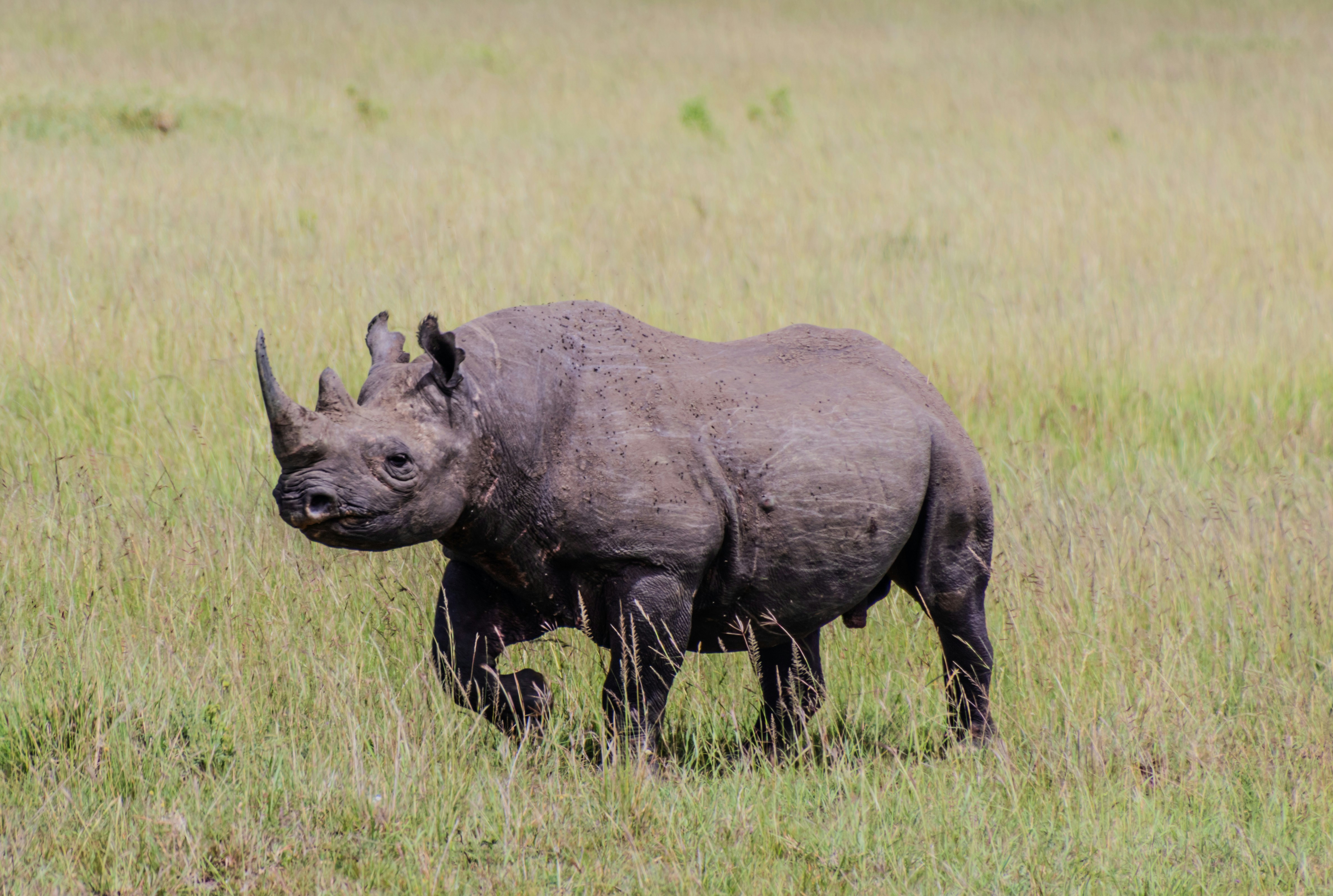
Critically endangered and the most difficult of the Big Five to find. Best seen in the Ngorongoro Crater and Mkomazi National Park.

Known for their formidable horns and unpredictable nature. Often seen in large herds in parks like Katavi, Ruaha, and Nyerere.
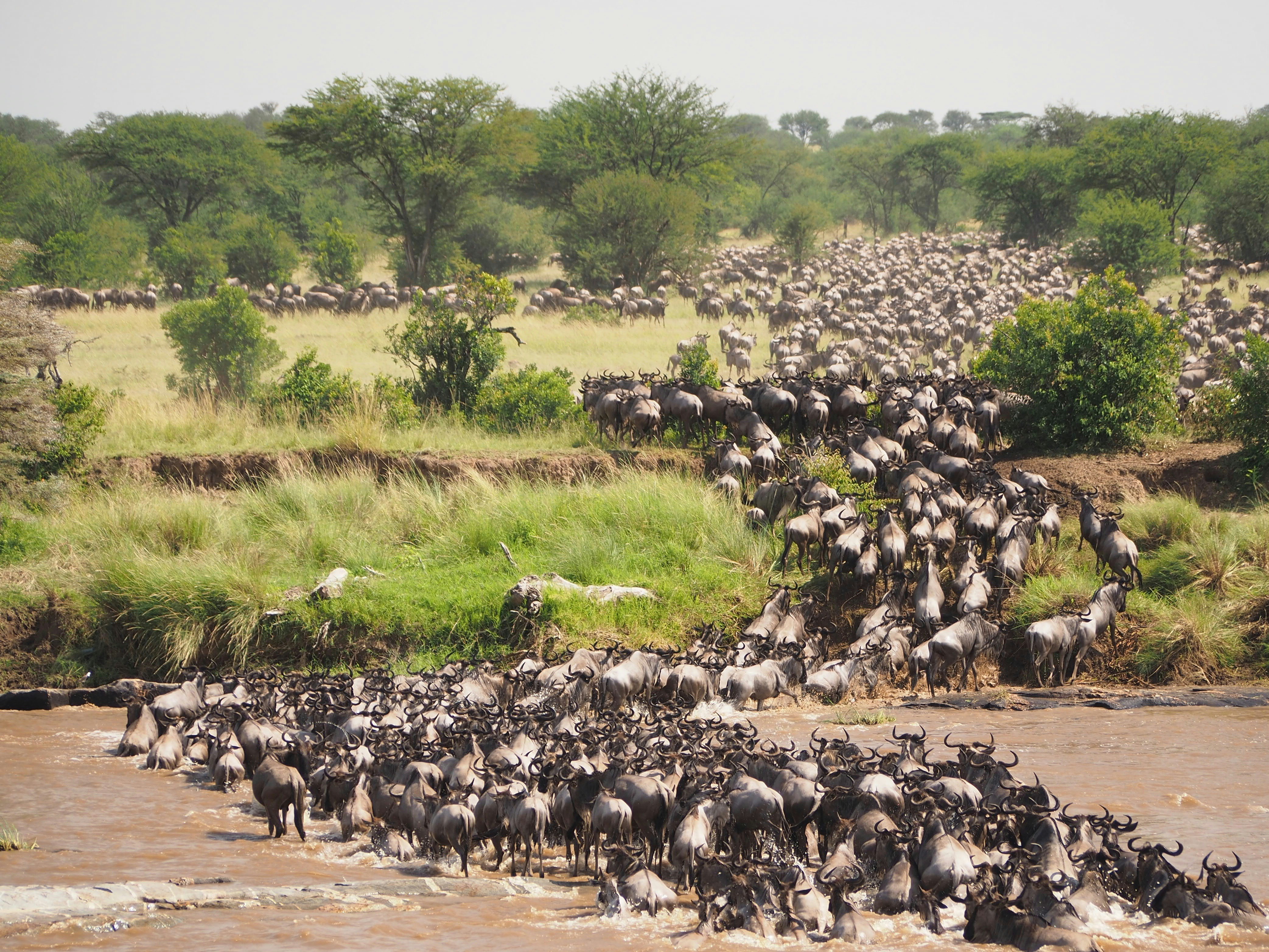
Tanzania's plains are home to a staggering diversity of life. The Great Migration is the most famous spectacle, where over a million wildebeest and zebra circle the Serengeti ecosystem. But look closer and you'll find countless other fascinating species.
With over 1,100 confirmed bird species, Tanzania is a world-class birding destination. From the vibrant lilac-breasted roller to the mighty martial eagle, the diversity is astounding. The Green Season (November-April) is particularly rewarding as migratory birds arrive from the north.
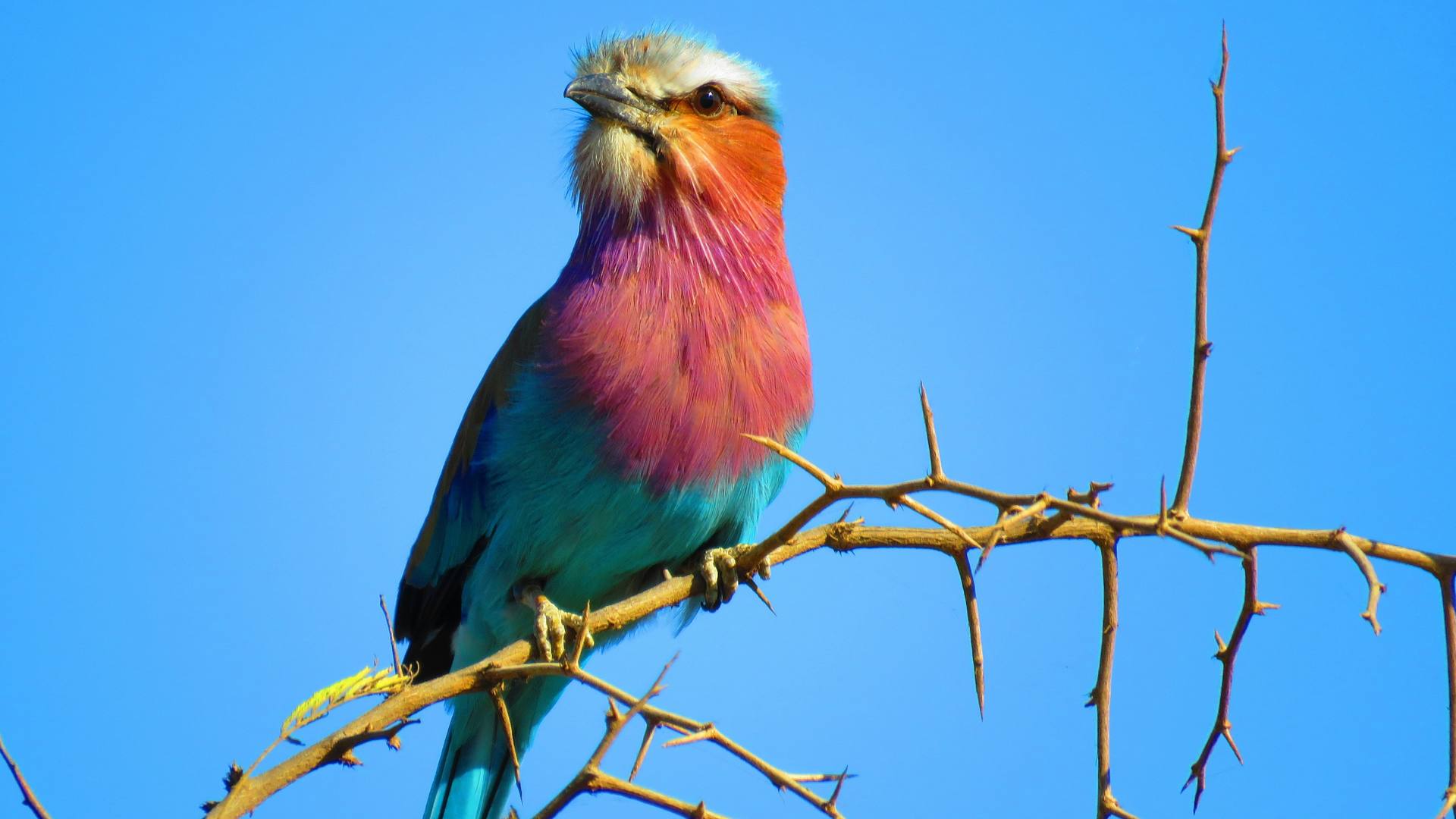
Often called the "rainbow bird," this stunning species is a favorite for photographers and is commonly seen perched on branches.

Huge flocks of flamingos can be found in the alkaline lakes of the Rift Valley, such as Lake Natron and Lake Manyara.
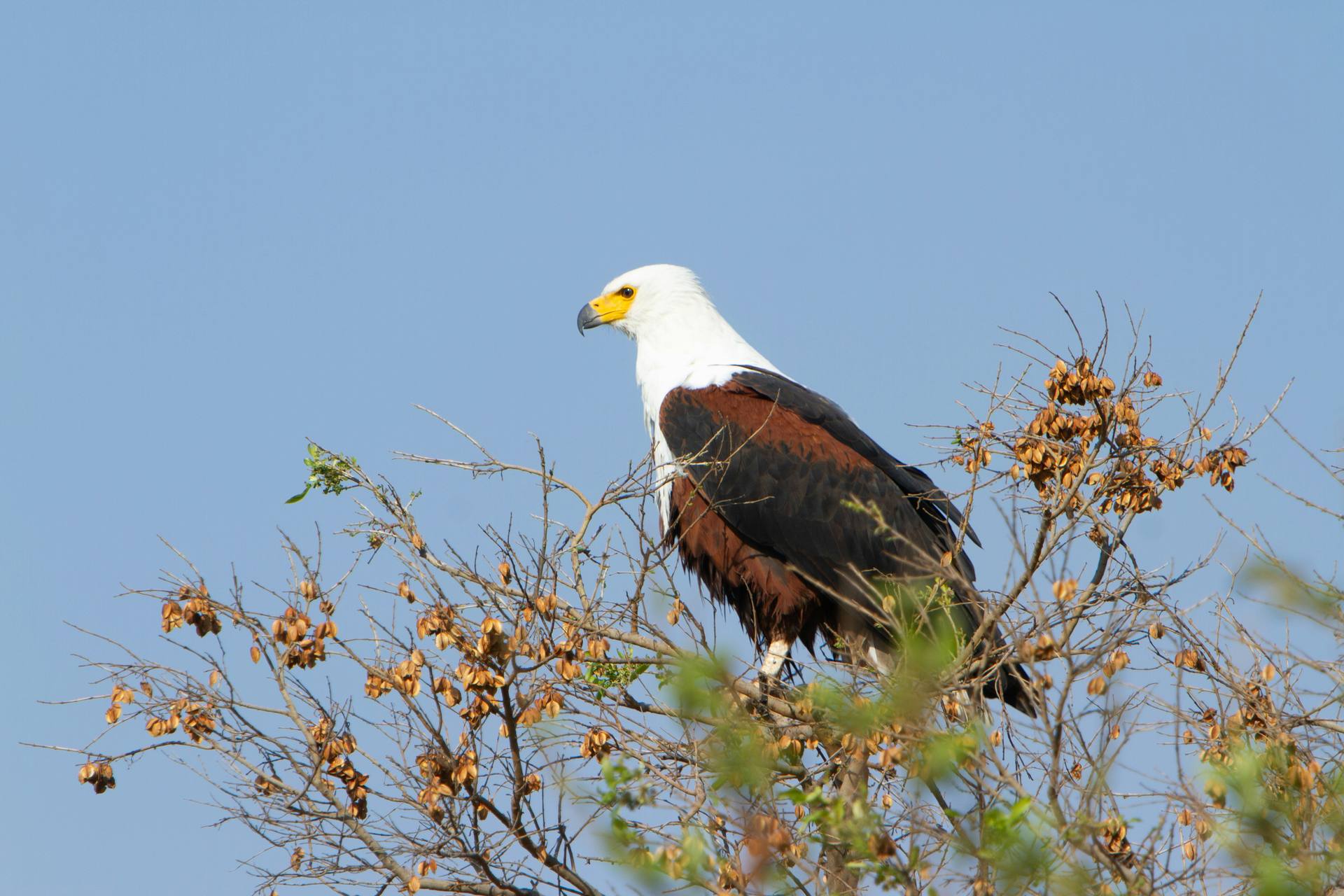
The iconic call of this majestic raptor is the sound of the African waterways. Often seen near rivers and lakes across the country.